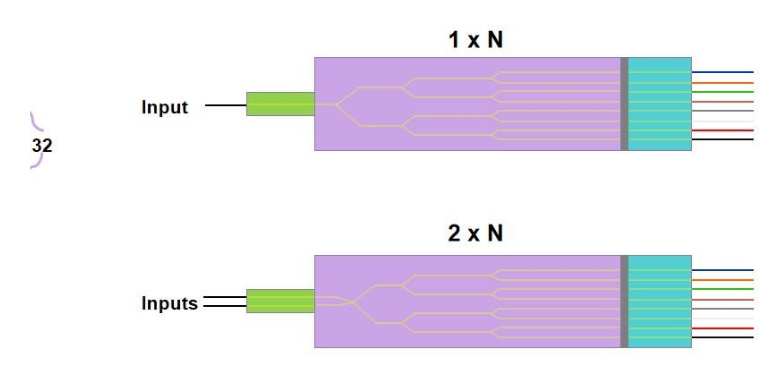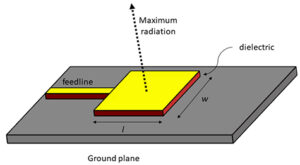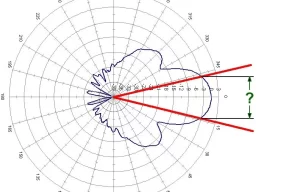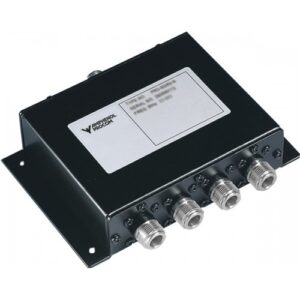Table of Contents
1:2, 1:4, 1:8 Splitters
1:2 Splitters – Luxury Other URLs For luxury condos or small residential buildings with a small number of customers, a 1:2 splitter can be the most effective because they maintain strong signal quality by only dividing the signal twice. Splitter deployment costs may be around $50 per unit. A luxury condominium might be an example of such a splitter since all tenants’ internet demands are high. Many tenants of such facilities are high profit, and they would stream super ultra-high-definition videos wherever they want as if they had a computer in their own house. Even high-speed game play is possible. Fewer amplifiers are needed for these splitters, and this lowers costs in the long run.
1:4 Splitter – Residential 1:4 splitters are often used in suburban neighborhoods because they are long-lasting and provide a cost-effective solution. The cost of a 1:4 splitter is about $40 each, and it serves four homes. An extreme example is an area where 4 houses have movable employees who often work at home and thus need high speed Internet access. This may be necessary because it has to be cost-effective to split the signal between the four before being amplified. In addition, this splitter can manage up to 10 km from a source without the need for extra signal amplification.
1:8 Splitter- Dense Urban 1:8 splitters can be found in residential areas even farther from the central office, up to 20 km away or even more. 1:8 splitters split the optical signal to eight separate outputs, and the total cost per connector is also more cost-effective, around $30 per unit. This is designed for dense urban areas, where the cost should be as low as possible without the internet being too slow. For example, such a connection is useful in a neighborhood where there are predominantly residential Internet service customers, but some small entrepreneurs also attach importance to the cost.
ISPs can continue to serve them by offering cost-effective services that appeal to both residential and small business clients. The density and assumptions of the subscribers indicate how many users a specific type of splitter will support. All shipping locations range in terms of users and what kind of service they expect. As a result, engineers must decide the amplifier ratio based on their expectations for Poor Quality Provider SELECTION by the number of data and the reality of deploying in that area. The cheaper the splitter ratio, the more it charges per connector.

1:16, 1:32 Splitters
1:16 splitters: suitable for larger residential complexes or small communities, where the drive for service is big but manageable. With them, one can split the received signal 16 ways to reach 16 households or units while maintaining a balance between high-speed internet access and cost. For example, a gated community could employ a 1:16 splitter to offer all its houses a reliable means for everyday use, such as streaming, gaming, and smart home technology. Unlike 1:8 splitters, a common investment for 1:8 splitters is about $20 per unit. A provider could strive to maintain a low enough price point for a longer subscription base without frequent signal upgrades.
1:32 splitters: these splitters could meet the needs of high-density urban areas, such as very tall apartment buildings or very densely populated suburban areas. This way, ISP can split the optical signal 32 times, providing more subscribers with a connection at a lower cost for connection. A good estimate for the cost of a single unit could amount to $15. An urban ISP could employ 1:32 splitter to cover an entire smaller city block with an apartment building, maintaining the best of both worlds with high coverage and low subscription costs.
Both 1:16 and 1:32 splitters offer internet service providers flexibility based on population and usage. In either case, signal integrity takes a small hit due to a relatively large workload put on the main switch amplifier. One can solve the issue by gradually incorporating additional equipment along the network. For example, repeaters and amplifiers located near the split will be able to restore the signal to its initial strength.
1:64 Splitters
1:64 splitters are intended for newly-built vast urban residential areas, high-rise buildings, or densely populated urban areas where the number of subscribers supports such significant split in optical signal. The use of 1:64 splitter allows up to 64 output destinations of the single transported line of internet service, covering maximum area for respective subscriber deployment. In the situation of a newly built urban residential area with being thousands of residents, it is reasonable to install 1:64 splitters, as it significantly reduces the number of physical fibers needed to provide each resident with appropriate service.
The cost of the relevant splitters ranges about $10 per unit. Such price is low enough to consider the use of 1:64 splitters to provide an opportunity for an ISP to provide competitive costs of service packages. Moreover, with the high number of output thus high level of potential signal loss, ISPs use high-quality optical amplifiers spread throughout the optical network in order to ensure adequate signal speed of internet, suitable for watching Netflix, receiving online education, and even managing household smart home systems. The use of such method allows the preservation of an ordinary way of internet service to residents while maintaining costs and availability level of the ISP. It is beneficial to use 1:64 optical splitters to ensure high-quality service for as many subscribers as possible while maintaining reasonable enough costs.
Such goal is relevant especially in urban areas, as they are crowded enough to ensure such number of potential subscribers. However, the decision to use a 1:64 splitter should be made carefully depending on the budget of the ISP, the potential lifetime of the components forming the network, the potential number of subscribers in its area in the future, the average number of subscribers the ISP manages with at a time, and some other important factors like the cost and lifetime of high-quality optical amplifiers and the need for their replacement with upgrading technologies resulting in the need for new purchasing.







